RSMSSB JE Electrical Mock Test - 3 - Electrical Engineering (EE) MCQ
30 Questions MCQ Test - RSMSSB JE Electrical Mock Test - 3
Read the following statements about Kalibanga –
(a) In Kalibanga, both the fort and the lower town have walls around them.
(b) Both the walls are mud brick walls.
Choose the correct answer -
(a) In Kalibanga, both the fort and the lower town have walls around them.
(b) Both the walls are mud brick walls.
Gaur (Gavar) is worshiped on Gangaur festival. Which goddess is this form?
Which of the following is not a petroleum reservoir area in Rajasthan?
In which style of Painting birds and animals have got an important place ?
Ren, Shahpura, Sinhthal, Khedapa were the four main centred of which sect in the 18th century in Rajasthan?
Which among the following is correctly matched?
(i) Khejarli Movement - Amrita Devi
(ii) Chipko Movement - Gaura Devi
(iii) Appiko Movement - Karnataka
Which deity is worshipped during the Gangaur festival?
Determine the damping ratio of the given transfer function.
G(s) = 4/(s + 19)(s + 4)
The receiving end voltage of a radial distribution network is 24 kV. What will be the sending end voltage, if the voltage drop is calculated 25% of receiving end voltage?
The reverse recovery time of a diode is trr = 3 μs and the rate of fall of the diode current is di/dt = 30 A / μs. The storage charge QRR and the peak inverse current IRR will be respectively
Equating the denominator of transfer function to 0 (zero) we get -
The output frequency of an alternator depends on -
The correct sequence of increasing order of electrical resistivity of the given material is-
In _______, the flip-flop output transition serves as a source for triggering other flip-flops.


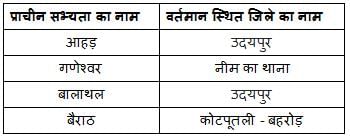

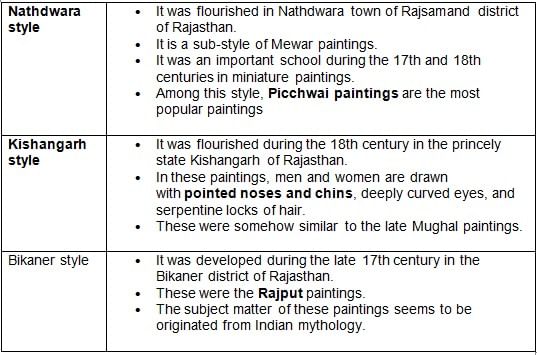
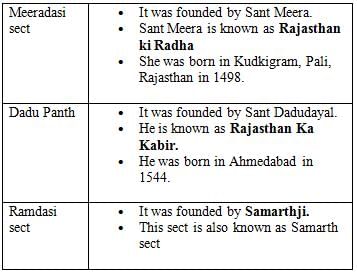









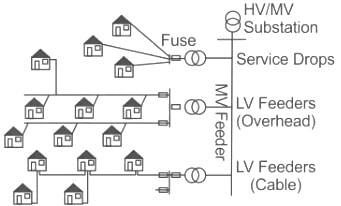
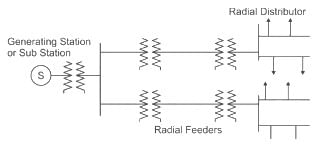
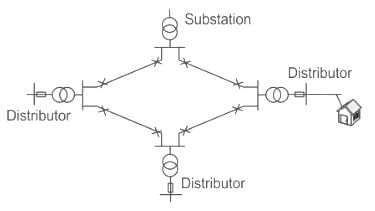
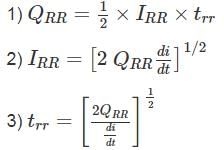
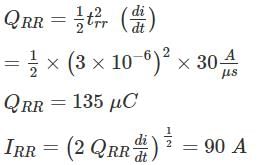
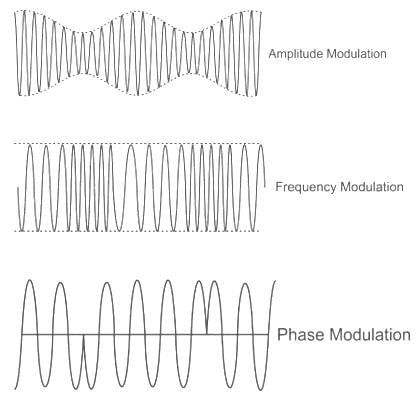

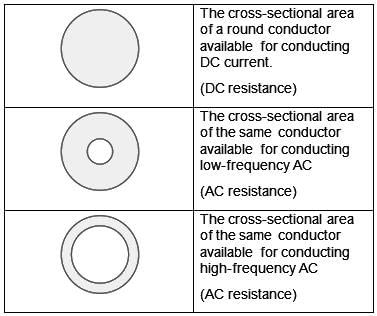
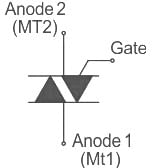
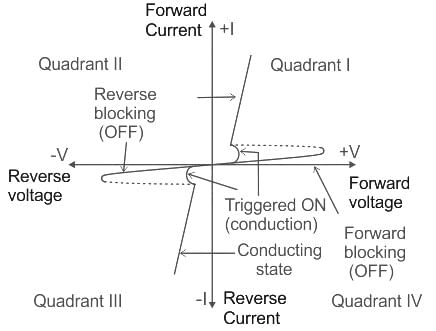
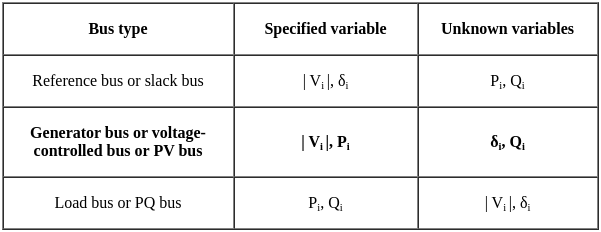

 × 100
× 100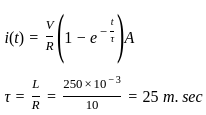


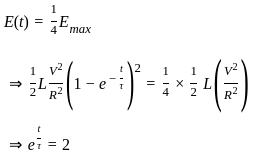


 IP
IP
















